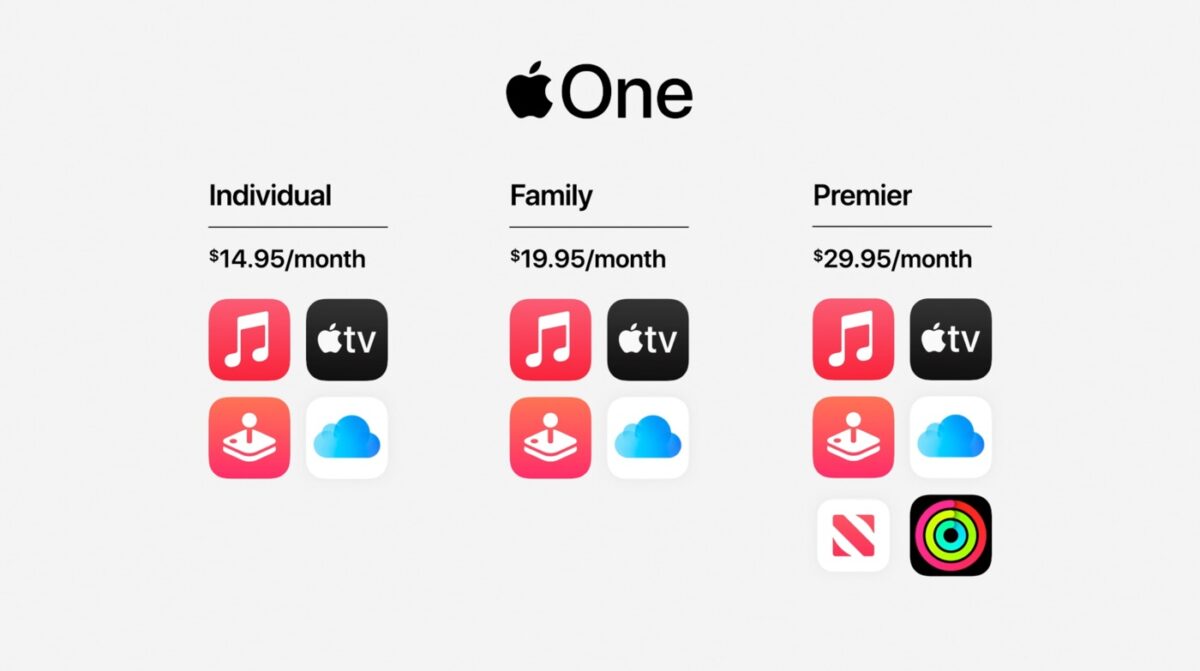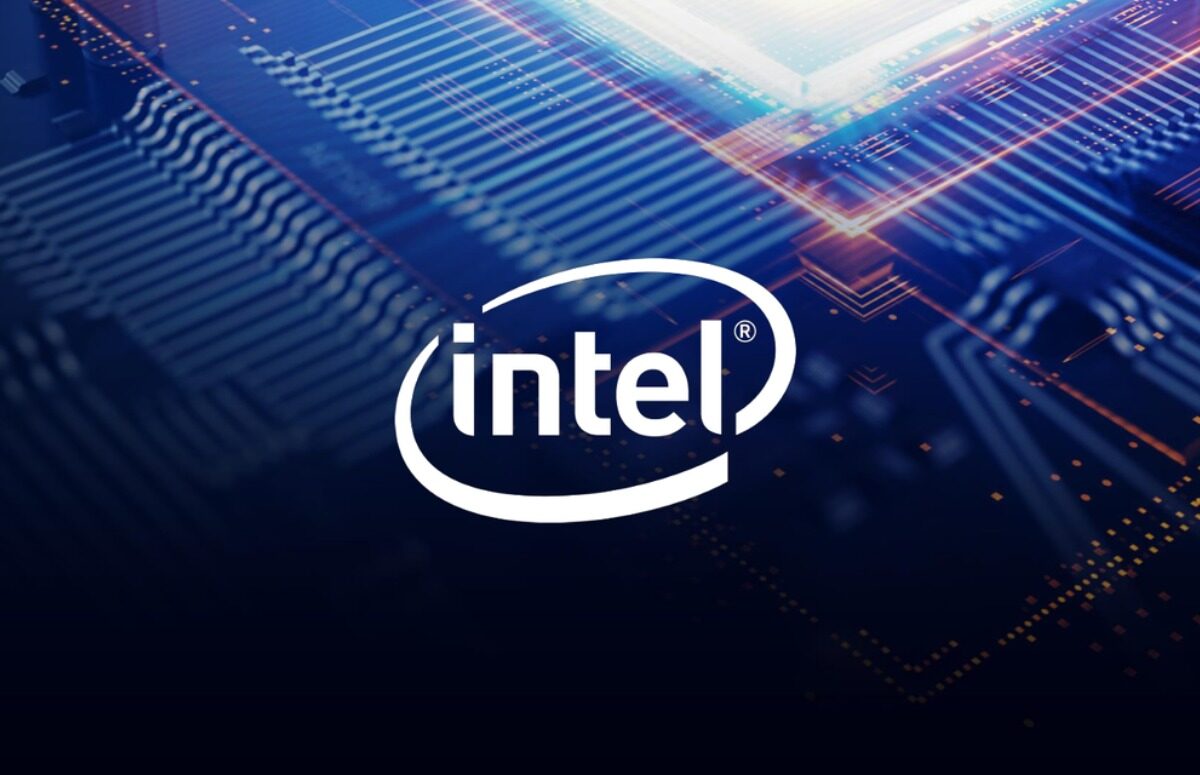On the 15th of September Apple announced its new service ‘Apple One’. This new service bundles services Apple previously offered on a stand-alone basis. Apple One now offers Apple music, Apple TV+, Apple arcade and iCloud storage in one subscription. Previously, consumers needed to have separate memberships for each service. Consumers value all these services at different prices and therefore very few of Apple’s customers had a membership for all services. However, by bundling Apple reduces the problem of the differences in willingness to pay for the single membership. Some people will value one service more than others but altogether their willingness to pay for the bundle will be approximately the same. By bundling their services Apple makes sure that consumers will use more Apple services and spend more money on them. Apple did not only bundle their service they also used versioning on Apple One. At the moment, there are two types of subscription available in The Netherlands. First, the individual subscription. This contains Apple music, Apple TV+, Apple arcade and 50gb of iCloud storage for a price of €14,99 per month. Secondly, the family subscription. This contains the same as the individual subscription only with 200gb iCloud storage and it can be used on six devices for €19,99 per month. Versioning is present because Apple offers two versions of the same product. The first version offers less than the family subscription but is cheaper. This service will be focused on singles. The family subscription is focused on families by offering more value for their money. This way Apple can more efficiently serve the market and eventually create larger profits. I personally think that Apple one will become a must have for people who already have a lot of Apple products. However, whether it will truly result in higher profits for Apple is not sure, what do you think?
Apple One: Bundling and versioning
25
September
2020


